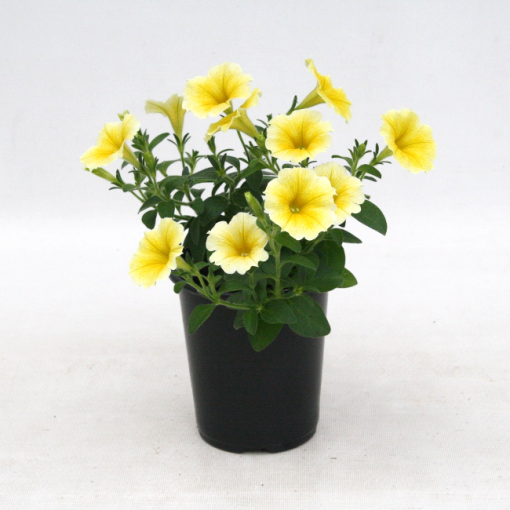Calibrachoa is the #1 selling genera in the Mast Young Plants catalog. It’s also one of the most susceptible genera to virus infection and transmission. Recent virus outbreaks and our commitment to growing healthy young plants for our customers led to our trialing an innovative way to grow calibrachoa that reduces the risk of virus transmission and promotes plant health. For these reasons, MYP has always used stringent sanitation methods to protect this important crop.
Even the most stringent sanitation can’t prevent all disease, and MYP is taking innovative steps to reduce the most common way that viruses spread in calibrachoa: through pinching. We’re introducing a new way of growing calibrachoa this year, using light and chemicals rather than pinching to stimulate branching.
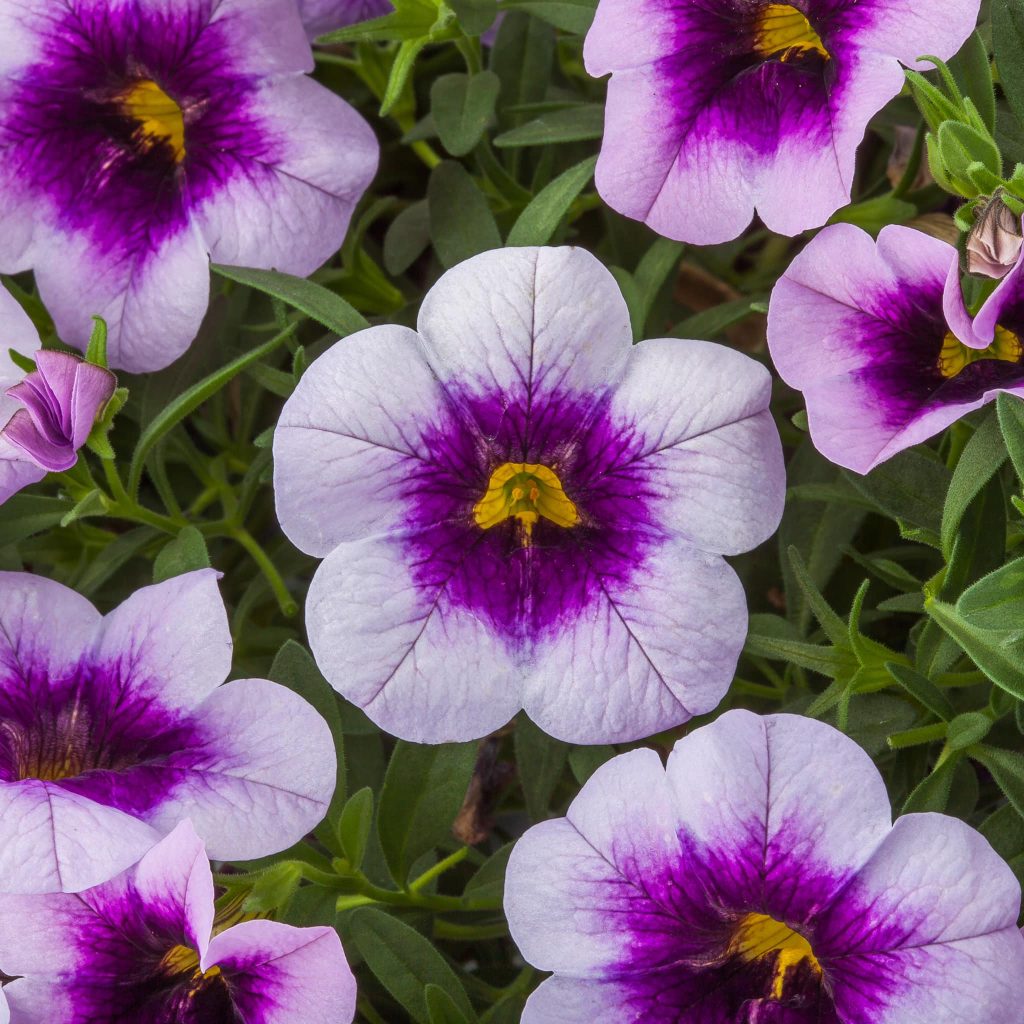

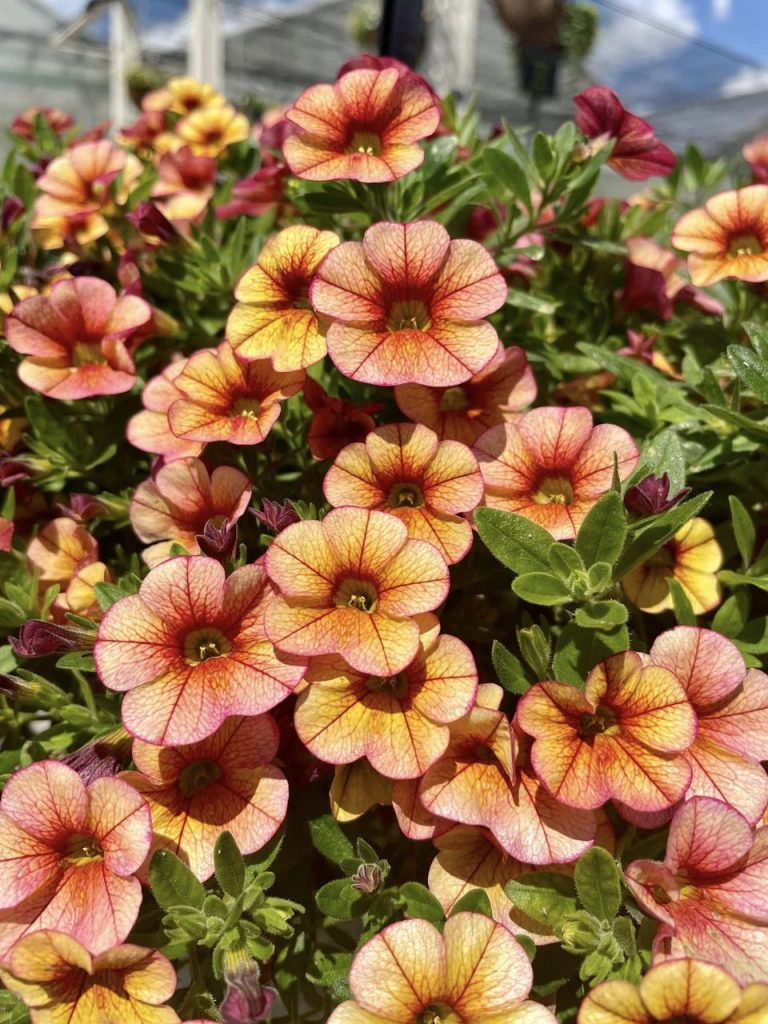
Calibrachoa Pinching Practices
As standard practice, young plant producers typically pinch calibrachoa liners to make them branch better. Greenhouse producers can pinch plants using several different methods:
- Scissors
- Knives
- Automatic trimming machines
Reducing Risk of Calibrachoa Virus Transmission from Pinching
Anytime we pinch a crop mechanically, we increase the risk of virus transmission. Greenhouse producers typically use standard sanitation procedures to deal with this:
- Changing scissors or knives between each tray of plants and rotating through a series of colored tools to ensure that they remain in a disinfectant long enough between uses
- Sterilizing tools with heat
- Spraying powdered milk right after pinching to denature the DNA of viruses and prevent cross-contamination
- Changing cutting bars on automatic trimmers between breeders and/or varieties
Mast Young Plants’ Calibrachoa Sanitation Practices Minimize Risk of Virus Spread
Mast Young Plants strongly believes that automatic trimming machines pose the most significant risk for virus spread. Relying on disinfectant also poses risks; it cleans surfaces like steel or metal but can’t disinfect large amounts of leaves or sap build up. Since hand pinching mitigates the potential spread of disease most effectively, Mast Young Plants has relied on this method.
MYP implemented another important sanitation step a decade ago by assigning a unique crop misting/zone code to each breeder’s calibrachoa. It’s true that typically all calibrachoa have the same misting requirement. However, separating them by breeder even within the same misting zone (frequency) gives us one more layer of protection should the farms report an issue to us.
When MYP is alerted of disease from a stock farm, we dump the known infected variety and use Agdia testing strips to test any trays near or close to the infected ones. We have never gotten a positive test. This gives us confidence that our sanitation program effectively prevents the spread from infected varieties to non-infected ones.
Calibrachoa Virus Outbreaks
An increase in new and novel viruses affecting calibrachoa really caught our attention in recent years. TMV (Tobacco Mosaic Virus) surfaced a handful of times. The first identified outbreak in calibrachoa of Chili Pepper Mottle Virus (CPPMoV), a virus typically affecting peppers, appeared at a stock farm in the spring of 2023. Another novel virus, Tomato Mosaic Virus (ToMV), appeared in a different stock farm this fall.
While our sanitation practices have consistently proven effective, we recognize that even the best practices cannot eliminate risk.
Innovating to Eliminate Risk of Virus Spread in Calibrachoas by Eliminating Pinching
The only way to eliminate the risk of viral spread from pinching in calibrachoa – the crop most in demand from our customers — is to not pinch them. Over the summer our innovating department began trialing a plan to eliminate pinching through a treatment plan mixing chemicals and lighting, while still producing a calibrachoa liner that any customer would be pleased to plant.
Our early trialing results are encouraging:
- Compact and daylength neutral varieties such as Calipetite® and Conga™ need no treatment
- A Florel treatment schedule works best among most crops
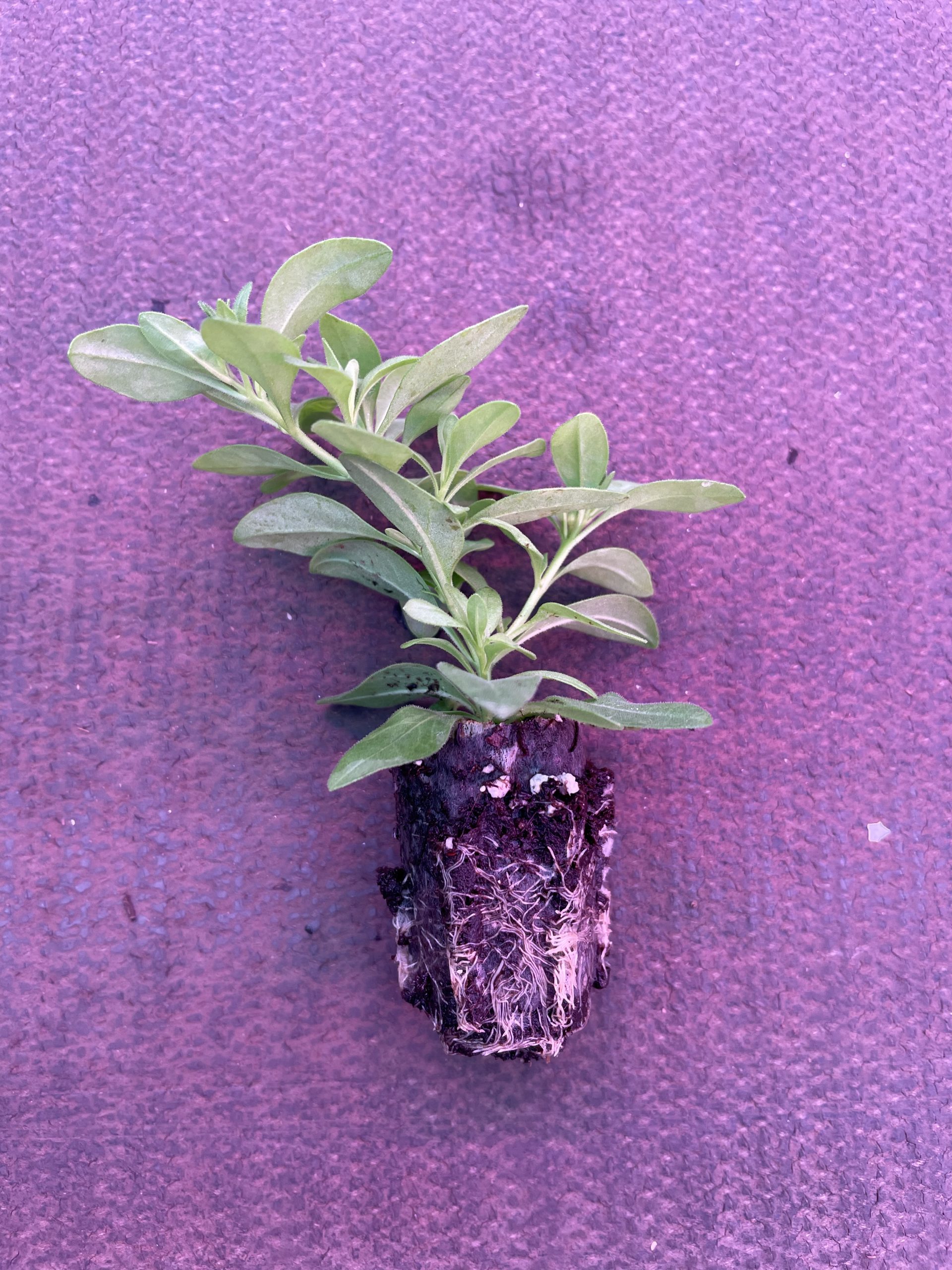
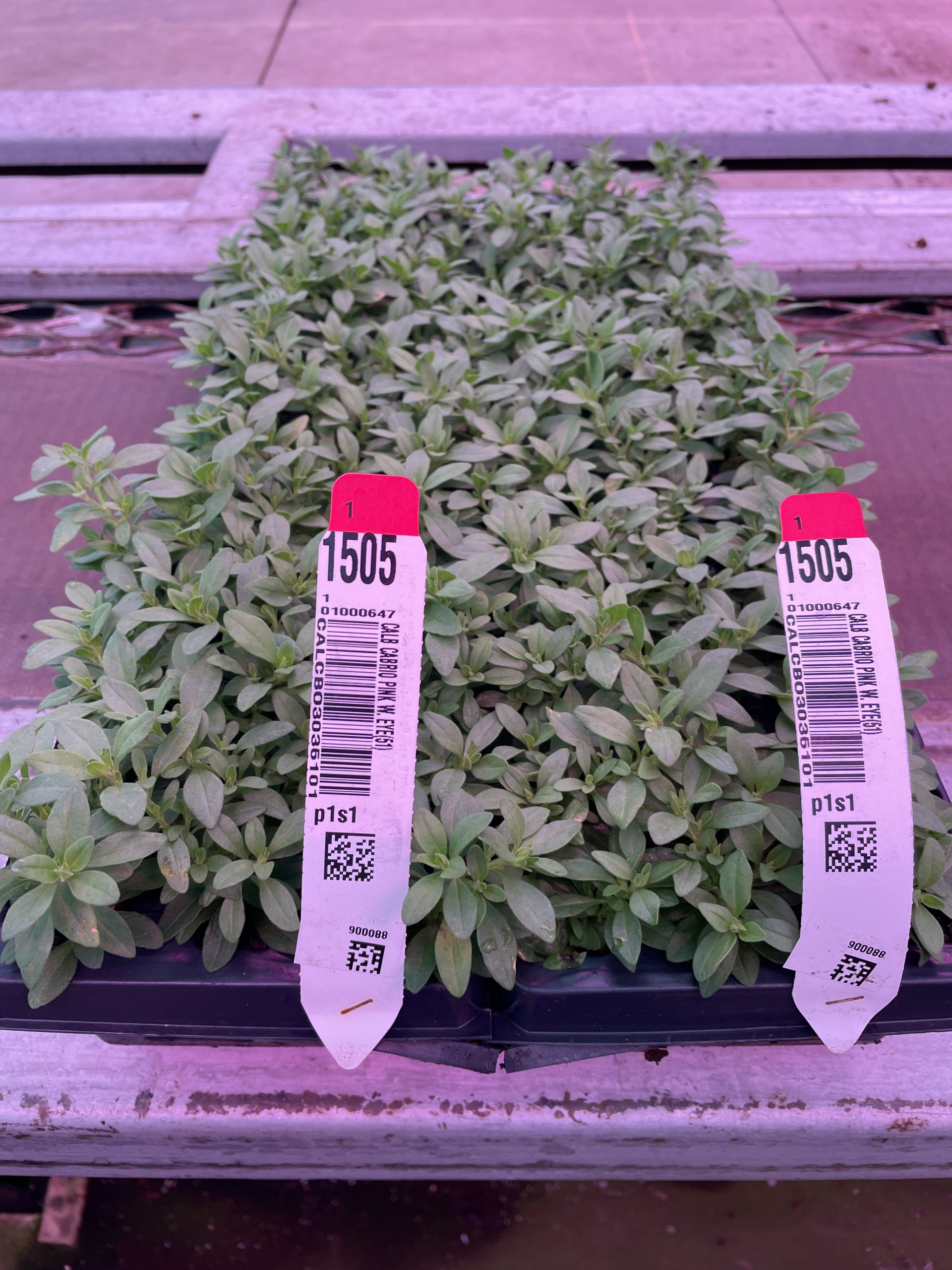
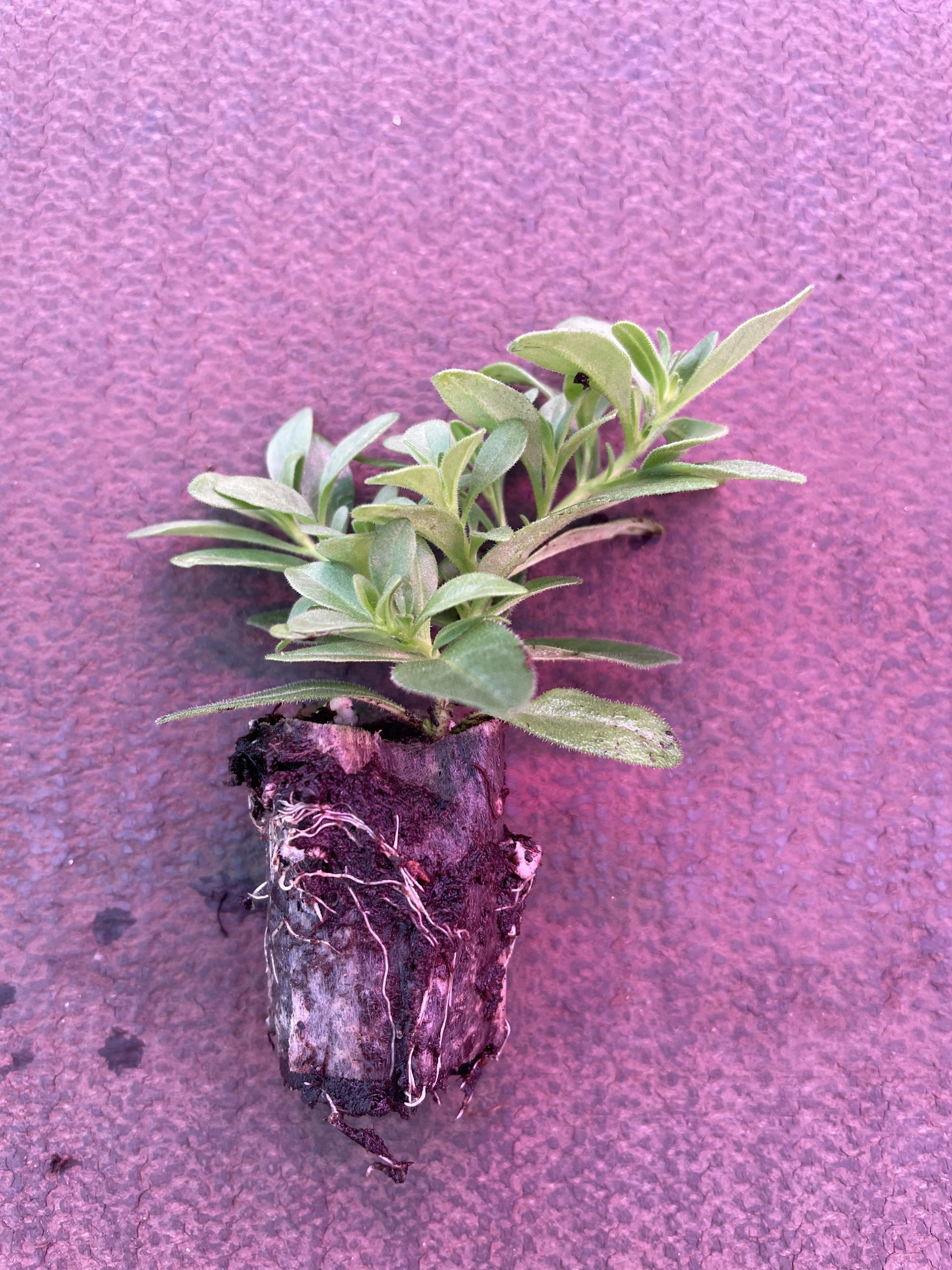
We are committed to producing our calibrachoa liners without pinching this year, while recognizing that our learning will continue to evolve. A small number of varieties still showing apical dominance are currently in an LED lighting phase. For example, Minifamous® Neo White is a late to flower variety that we’re still finalizing a treatment plan for.
We will post additional calibrachoa trial updates here on the blog, so be sure to follow us on Facebook and LinkedIn to read updates.



